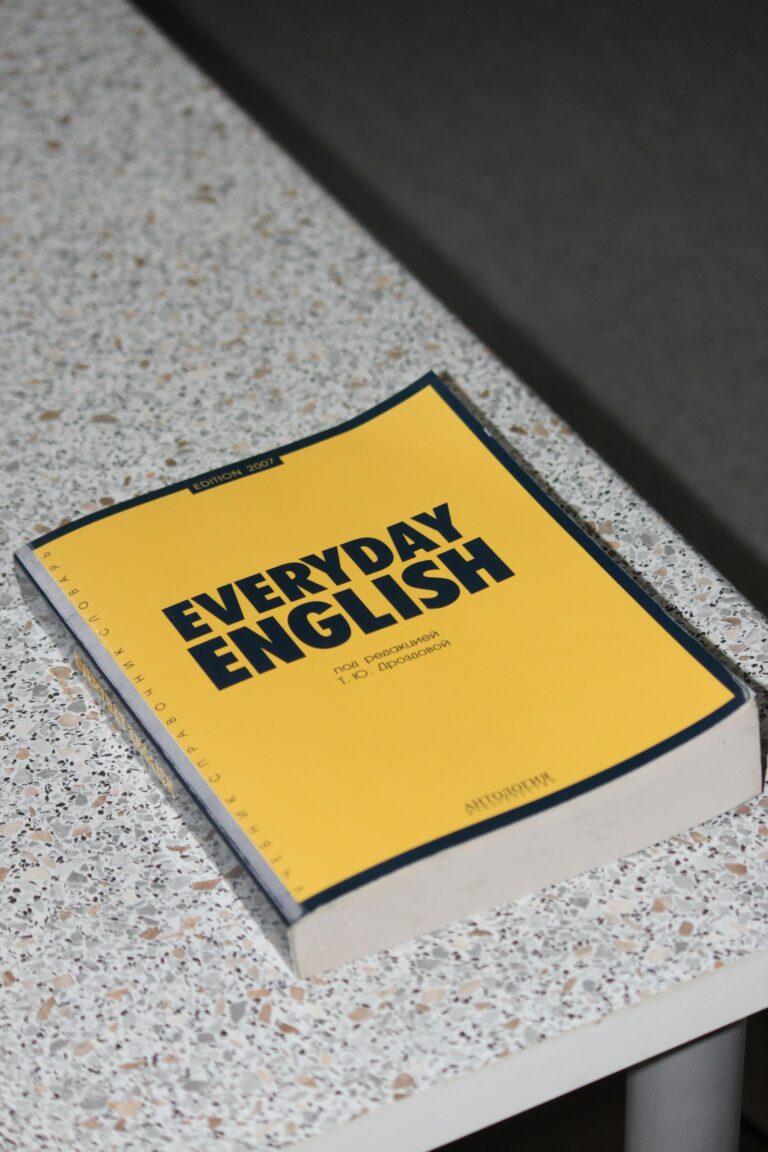Christmas in Trinidad and Tobago

Christmas is a very social time in Trinidad and Tobago with most people having parties and visiting relatives “moving from house to house” between neighbors and friends for food and drinks. Unique to Trinibago culture is the diverse mix of Spanish, Amerindian, African and East- Indian music. Parang is usually the traditional music often played during the holiday season and is an upbeat Venezuela-Trinidad hybrid crossover normally sung in Spanish with English undertones.
Parang has a history that dates from the late eighteenth century when cocoa farmers from nearby Venezuela were brought over to develop plantations in Trinidad and Tobago (or T&T, as we call it). These Spanish-speaking farmers settled in communities like Lopinot, Arima, Santa Cruz, and Moruga. They were called cocoa Españols, which eventually became cocoa panyols. They carried over one of Venezuela’s cultural traditions, the parranda navideña. In 1797, the Spanish governor surrendered Trinidad to British invaders, and over the next few generations, the Spanish language faded from use. However, these songs helped the descendants of the cocoa panyols retain their cultural traditions. During their house-to-house serenades, parranderos sang secular songs like “Rio Manzanares” (a song about the Manzanares river in Venezuela) and “Angelo” (about young lovers). Eventually, the music of the parranda navideña became the musical genre known as parang. Most adult Trinbagonians have a much deeper appreciation for this type of music than their millennial counterparts.
The holiday season kicks off around the end of September and goes until New Year’s Day but in most households, this is a relative date. Once the season begins you are certain to see many, many concerts and public choirs singing songs and playing musical instruments.
Lots of different instruments are used in Parang including guitars and cuatros (a small four stringed guitar), violins, maracas (called chac-chacs) and (two wooden blocks which are known as toc-toc).
If your singing is entertaining, you’ll hopefully be given some food and drink. Many people like to be ‘parranderos’ and go from house to house singing Christmas songs. It was always a pleasure to wake up to the sound of “Daisy Voisin” the parang Queen of the World. I remembered going to many of her concerts as a child and she always wore beautiful bright red lipstick and always had a shot of local puncheon rum. I met her when I was around seven years old and she gave me a big ole wet puncheon kiss, left a stain of red on my dark cheek and her famous bouquet of flowers in my hand.
Most people use this season as an opportunity to paint and make repairs to their houses and hang new curtains and decorations (especially lights) for Christmas. Often, this is the time that most people buy new electrical appliances and furniture.
Most families spend Christmas Day at home with friends and family members. I remember that as a child this was the season to see family members you missed seeing all year long, so you never knew which one might surprise you during the holiday. The traditional Trinbagonian Christmas meal includes apples and grapes, sorrel, ponche-de-creme (a version of egg nog), ham, turkey, homemade bread, ginger-beer, pastelles (a version of tamales) and local wine. You can’t have Christmas without some rum cake or fruit cake. Christmas fruitcake is traditional and is eaten in most homes. The fruits (such as raisins, sultana, cherries and mixed-fruits) in the cake are usually soaked in cherry wine, sherry and rum for several months before Christmas giving it an “aged” taste.
In Trinidad and Tobago, we are no strangers to diversity and integration with nationalities from as far as Africa and as near as Venezuela. A mix of different cultures have been instrumental in the formation of our food, language, music, and celebratory traditions. When the season comes to an end, socialization really doesn’t, it welcomes a different type of get-together – carnival!!
Subrina Hall-Azih is a Trinidadian educator residing in New York.






